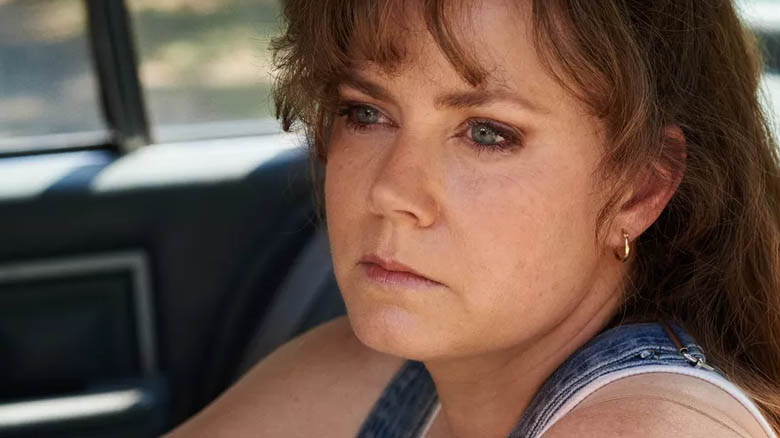2992Views 20Comments


May Hillbilly Elegy mark the end of Trump-era myth-making about the white working class


Ever since Donald Trump won the presidency in 2016, newspapers and magazines have been obsessed with constructing a mythology of a “forgotten” white working class through interviews at down-home diners and reportage from tractor pulls in deep red states. And if you’re someone who grew up in one of those states, it’s kind of funny to watch reporters from New York contorting themselves into pretzels trying to understand these exotic creatures in camouflage T-shirts. Funny, except that same effort has been used to prop up a politics of white grievance, erasing working people of color who live in the South and Midwest and excusing racist vitriol under the banner of “economic anxiety.” To give it just a small crumb of credit, Hillbilly Elegy, the new Ron Howard film based on J.D. Vance’s 2016 memoir of the same name, doesn’t play as an apology for the toxic racism of white America. But like those New York Times profiles, it views its subjects as zoo animals, offering the same enduring stereotypes about Appalachia—namely, that it’s full of people too ignorant to realize that they’re being victimized by their own bad choices—peddled by Vance’s book.
Howard, who of course started his showbiz career on an ode to small-town America, provides a certain wholesome sheen, especially in the early scenes. We open with a pastoral, back-to-the-land lament, as a young J.D. (Owen Asztalos) describes how exploring the hills and hollers near his extended family’s hometown of Jackson, Kentucky makes him feel complete. But he, mom Bev (Amy Adams), sister Lindsay (Haley Bennett), and grandmother Mamaw (Glenn Close) can’t stay long. Thanks to a chain of events that began with Mamaw getting pregnant at age 13, they’ve got to travel the “hillbilly highway” back up north to Middletown, Ohio, where they live. From there, the family’s dramatic struggles begin to unfold, cutting between the late ’90s (although you might be forgiven for thinking it was the ’80s) and 2011. That’s when an adult J.D. (Gabriel Basso), now a student at Yale Law School, is forced to come home and take care of some things after Bev overdoses on heroin. He does so while making frequent calls to his girlfriend, Usha (Freida Pinto), back in New Haven, for both narrative and culture-clash purposes.
I wanted to empathize with J.D. I am white and grew up in a family of healthcare workers, schoolteachers, and blue-collar employees in Cheviot, Ohio, 45 minutes south of Middletown. We drove through the tunnel seen in this film several times a month, en route to my grandparents’ house. I, too, worked my way through college at a state school, and have felt like an imposter in rooms full of people whose holiday bonuses could solve my entire family’s financial problems in one swoop. But I do know what the outer fork is for, and I guarantee you that J.D. Vance did, too, long before screenwriter Vanessa Taylor wrote a scene into this film where Vance breaks into a sweat in front of a set of formal dinnerware. (Please, let’s retire the extra-fork-as-class-signifier cliché—and take J.D.’s other major axis of oppression, only knowing one type of white wine, with it.) Like the book, the film version of Hillbilly Elegy goes for easy over honest every time, which is one reason why the former has been sharply criticized by those it claims to represent.



20 Comments